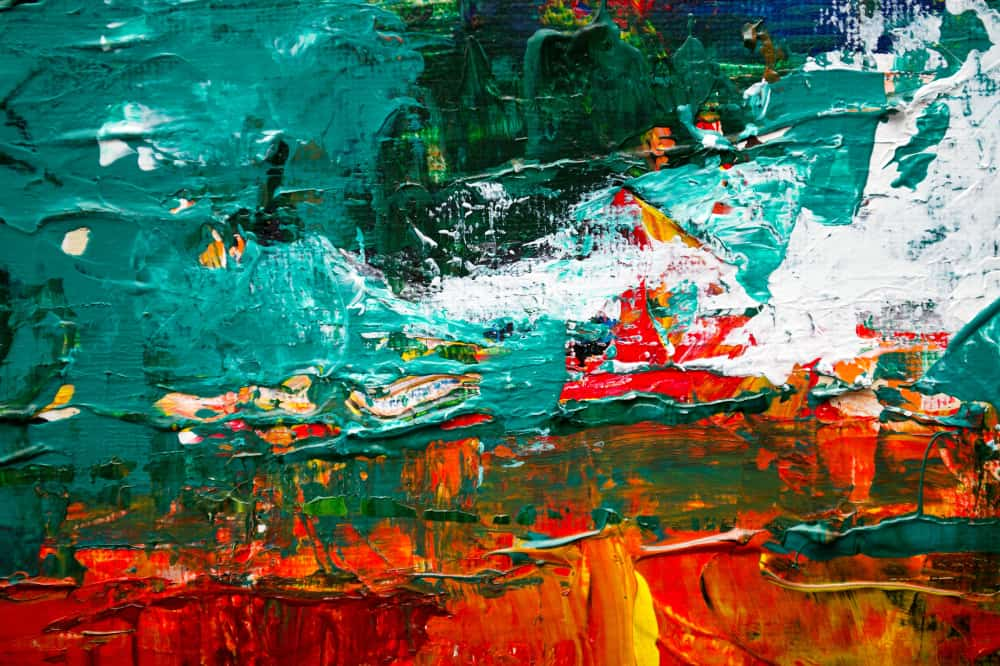An In-Depth Exploration of the 7 Distinct Types of Modern Art
Modern art, a broad term encompassing various artistic movements and styles from the late 19th century to the present, continues to fascinate and challenge audiences worldwide. This guide offers an in-depth exploration of seven distinct types of modern art, providing insights into their unique characteristics and significance.


Abstract Art: Beyond the Visible
Abstract art marks a significant departure from traditional representation, focusing instead on shapes, colours, and textures to convey meaning.
It rejects the idea that art should depict recognisable scenes or objects, offering a more introspective and subjective form of expression. Pioneers like Wassily Kandinsky and Piet Mondrian played crucial roles in establishing this form, emphasising the emotional power of abstract compositions.
The Appeal of Abstraction
Abstract art invites viewers to engage with the artwork on a more instinctual level, often eliciting emotional responses or personal interpretations. Its non-representational nature allows for a broad range of expression, making it a versatile and enduring style within modern art.
Pop Art: Reflecting Popular Culture
Pop Art emerged in the 1950s as a reaction to the dominance of Abstract Expressionism, drawing inspiration from popular culture, mass media, and consumerism. Artists like Andy Warhol and Roy Lichtenstein utilised imagery from advertisements, comic books, and everyday objects, challenging traditional distinctions between ‘high’ art and mass-produced culture.
Pop Art’s Cultural Commentary
Pop Art stands out for its bold, graphic aesthetic and its commentary on contemporary society and consumer culture. It holds a mirror to the world of advertising and mass media, often with a satirical or ironic twist.
Minimalism: Simplicity and Purity
Minimalism, a movement that gained prominence in the 1960s, is characterised by simplicity, clean lines, and monochromatic palettes. Artists like Donald Judd and Agnes Martin focused on the essentials of form and colour, stripping away extraneous details to achieve purity and clarity in their work.
The Essence of Minimalism
Minimalist art is about stripping away subjectivity and focusing on the artwork’s inherent qualities. It challenges viewers to find meaning and beauty in simplicity, emphasising the artwork’s physical presence and materiality.
Surrealism: The Art of the Unconscious
Surrealism, which emerged in the 1920s, delves into the world of dreams, the subconscious, and the irrational. Artists like Salvador Dalí and René Magritte created bizarre, dream-like scenes, using illogical juxtapositions and fantastical imagery to explore the human psyche and challenge perceptions of reality.
Surrealism’s Dreamlike Imagery
Surrealism offers a window into the human mind, blending reality with fantasy to unlock deeper psychological truths. Its dreamlike, often unsettling imagery encourages viewers to question their perceptions and embrace the uncanny and the irrational.
Expressionism: Conveying Emotional Experience
Expressionism, dominant in the early 20th century, emphasises the expression of emotional experience rather than physical reality. Artists like Edvard Munch and Egon Schiele used distorted forms and exaggerated colours to convey intense emotions and inner turmoil.
The Intensity of Expressionism
Expressionist art is known for its intensity and raw emotional power. It seeks to evoke feelings and provoke reactions, often addressing themes of anxiety, fear, and existential dread.
Conceptual Art: Idea Over Form
Conceptual Art, emerging in the 1960s, posits that the idea or concept behind the work is more important than the finished art object itself. Artists like Sol LeWitt and Joseph Kosuth prioritised intellectual engagement over aesthetic appeal, often using text, photography, and performance to convey their ideas.
The Intellectual Challenge of Conceptual Art
Conceptual art challenges traditional notions of art-making, focusing on the artist’s intent and the viewer’s interpretation. It often raises questions about art’s nature and purpose, inviting debate and discussion.
Modern Art Prints: Democratising Art
Modern art prints, encompassing techniques like lithography, screen printing, and digital printing, have played a significant role in democratising art. They enable wider access to artworks, allowing more people to own and appreciate modern art.
Artists like Shepard Fairey and Banksy have utilised printmaking to disseminate their work broadly, often with a focus on social and political themes.
The Accessibility of Modern Art Prints
Modern art prints have made it possible for a wider audience to engage with and own contemporary artworks. They represent an intersection of artistic innovation and accessibility, reflecting the dynamic and democratic spirit of modern art.
Explore Art Today!
Modern art is a rich and diverse field, encompassing a wide range of styles, movements, and philosophies. From the emotional depth of Expressionism to the intellectual rigour of Conceptual Art, each type offers unique insights into the human experience.
Understanding these distinct forms enhances our appreciation of modern art’s complexity and its ongoing impact on contemporary culture.